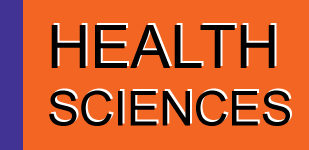Dalia Jurgaitienė
Abstract
Summary
Objectives of the study are to compare how information about drugs and addiction forms, themes, providers, lessons, time, number of participants is estimated by students. In November, 2010 270 students (119 from Klaipeda and 151 from Kaunas), ranging in age from 18 to 21 years old, were interviewed.Of seven topics of drugs students were mainly focused on (ie, I, II , III sites) the themes about consequences of drug use, drug effects and features, development of drug dependence,. In the IV, V, V places remained following topics: drug types, treatment for drug addiction, drug use patterns. Least the respondents would like to participate in workshops on drug prevention. If there was a choice, most students would like to listen to the physicians, then, the police officers. School health professionals and school psychologists are in the III and IV place as the most interesting lecturers. Social workers and class teachers remained in an intermediate position. The respondents rely on teachers and peers the least. Of all forms of information the respondents gave priorities to issue-based films on drugs, photographs about life of drug addicts, discussions and interviews. Quizes, afternoon games, role plays received the least number of percentage as a source of information. To students opinion to achieve positive changes activities should be started for children from the 5-8 form. The occupation would be useful if no more than 10 – 20 students took part in it. Nearly two thirds of survey respondents indicated that school-based drug prevention programs are less efficient. In this study, it has been possible to determine what information about psychoactive substances, which specialists, and what activities students would like. This information should help to enhance the implementation of drug prevention in schools.
Keyword(s): Illicit drugs, students, drug abuse prevention, methods, priorities.
DOI: 10.5200/20
Full Text: PDF
